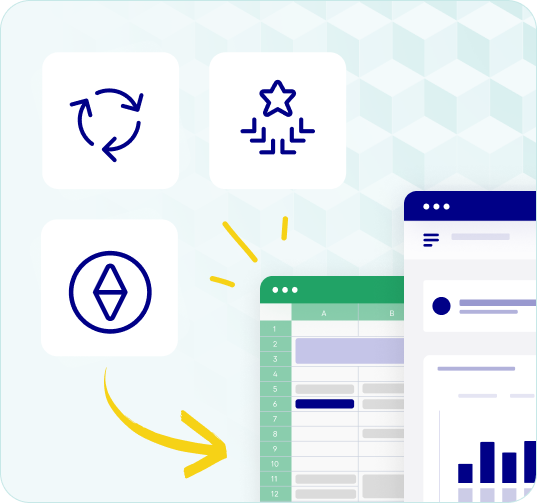Why integrate Tableau with Cube
Go live in days, not months—startup or enterprise FP&A teams. No consultants required.
-
Empower decision-making
Construct dashboards and templates using relevant datasets, allowing you to focus more on analysis and less on generating reports.
-
Get comprehensive insights
By merging business and financial data from various teams, you can gain insights faster.
-
Ensure strategy consistency
Present your stakeholders with precise and current data, ensuring alignment with strategic objectives.



.png)



